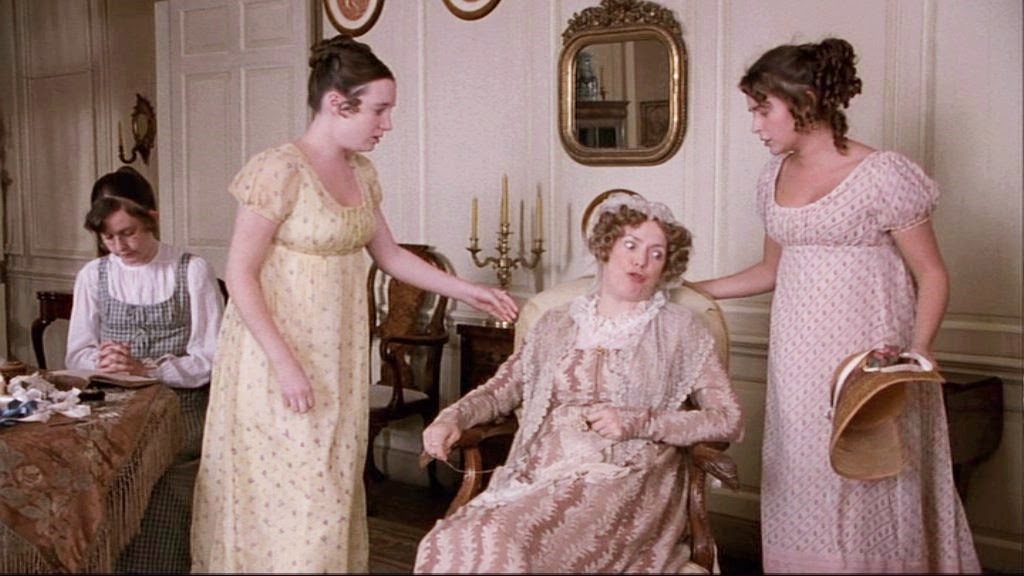Magasin des Modes, 3e Cahier, Plate II
 |
| December 10, 1786 |
The young Man wore, as he wears here and without a doubt will wear for a long time yet, a dark green satin frock coat, lined with a lighter satin, flesh color. This frock is cut at the bottom; it has revers, and these revers, falling to the sides on the chest, allow the flesh lining to be seen. The collar is of satin matching the lining. The very large round buttons are of mother-of-pearl.
Under this coat, breeches also of flesh colored satin, with a wide fall, slit on the sides to the middle of the thigh, buttoned with seven self-fabric buttons, and fastened with rectangular silver buckles at the garters.
On the body, under the coat, a gilet of satin, with wide green stripes down and across, forming very large squares.
Our former Petit Maîtres can remember that less than fifteen years ago, this type of dress, apart from the gilet, which was a vest with plain flesh colored satin revers, was the dominant mode. So, the former fashion could be brought back. This return would not be a marvel.
White silk stockings were also worn, as the young man wears today.
He wears very wide square silver buckles on his shoes. In his watch pockets, two watches, one of which hangs from a simple cord with a large key-seal, and the other of which hangs from a gold chain, trimmed with charms; and he holds in his hand a hat à la Jockei; where formerly only shoes with little round buckles were worn, one watch, and a tricorn hat. This is all the noticeable difference between the two periods.
The young Man is frizzed in a long, square grecque: the same hairstyle was worn in the earlier period, fifteen years ago. On each side he has four large curls, of which one is on top and three are below: in the earlier period, fifteen or sixteen little, separate ones were worn. His hair in the back is braided à la Panurge, or taken in a long, thin queue: in the earlier period, it was in loose braids, or tied in a large cadogan, or, most often, held in a large bag of black taffeta.
His neck is wrapped with a large cravat, which, after going around three times, forms a little knot in the front with the ends: in the earlier period, the neck was wrapped with only a little, thin collar that was tightened to make the face purple. One wants to blame our Petits-Maîtres for appearing to have cold moods, that they try to hide with their full cravats. Was it better before, looking strangled? Without a doubt, the best thing would be between these two extremes, because in all things it is a goal where one must come, and it may never need to pass; but if of two defects the reasonable man must adopt the least bad, it looks wiser to choose the full cravats, which at least allow the neck freedom, softness, and sweet flexibility.
The young Man wears a shirt on his body, whose jabot and ruffles are of batiste, with flat hems, plain, and he wears on his hand a jet, trimmed with a silk and gold cord: in the earlier period, chemises trimmed the same were worn, and jets trimmed with gold and silk cords.



Comments
Post a Comment